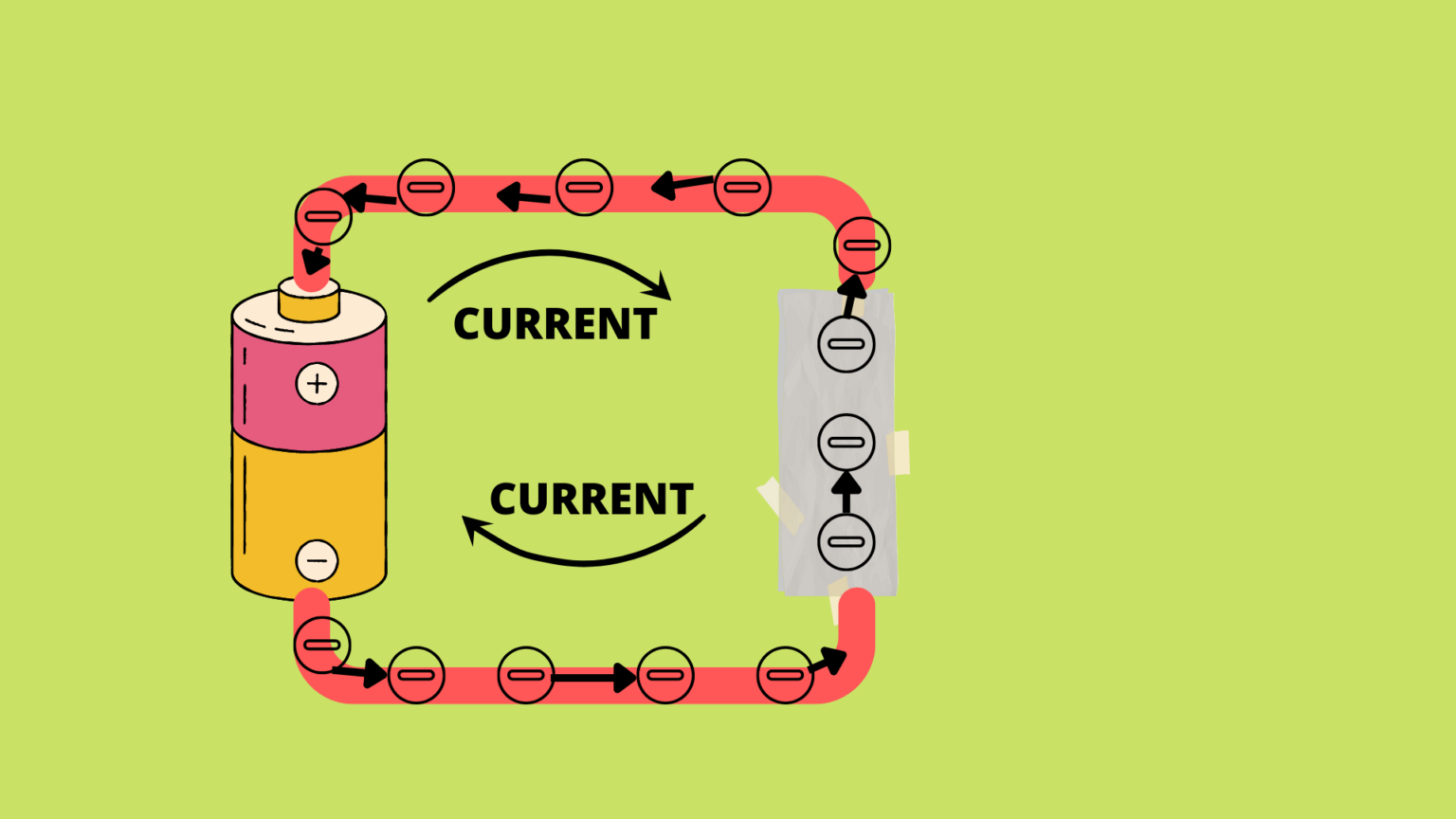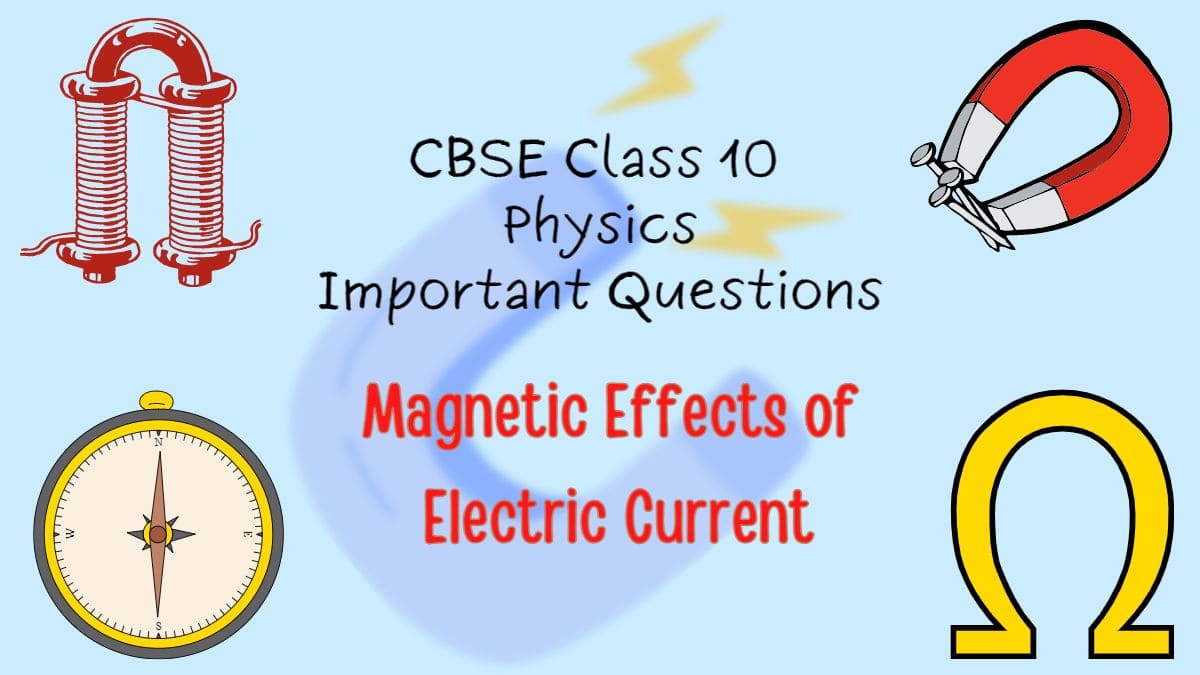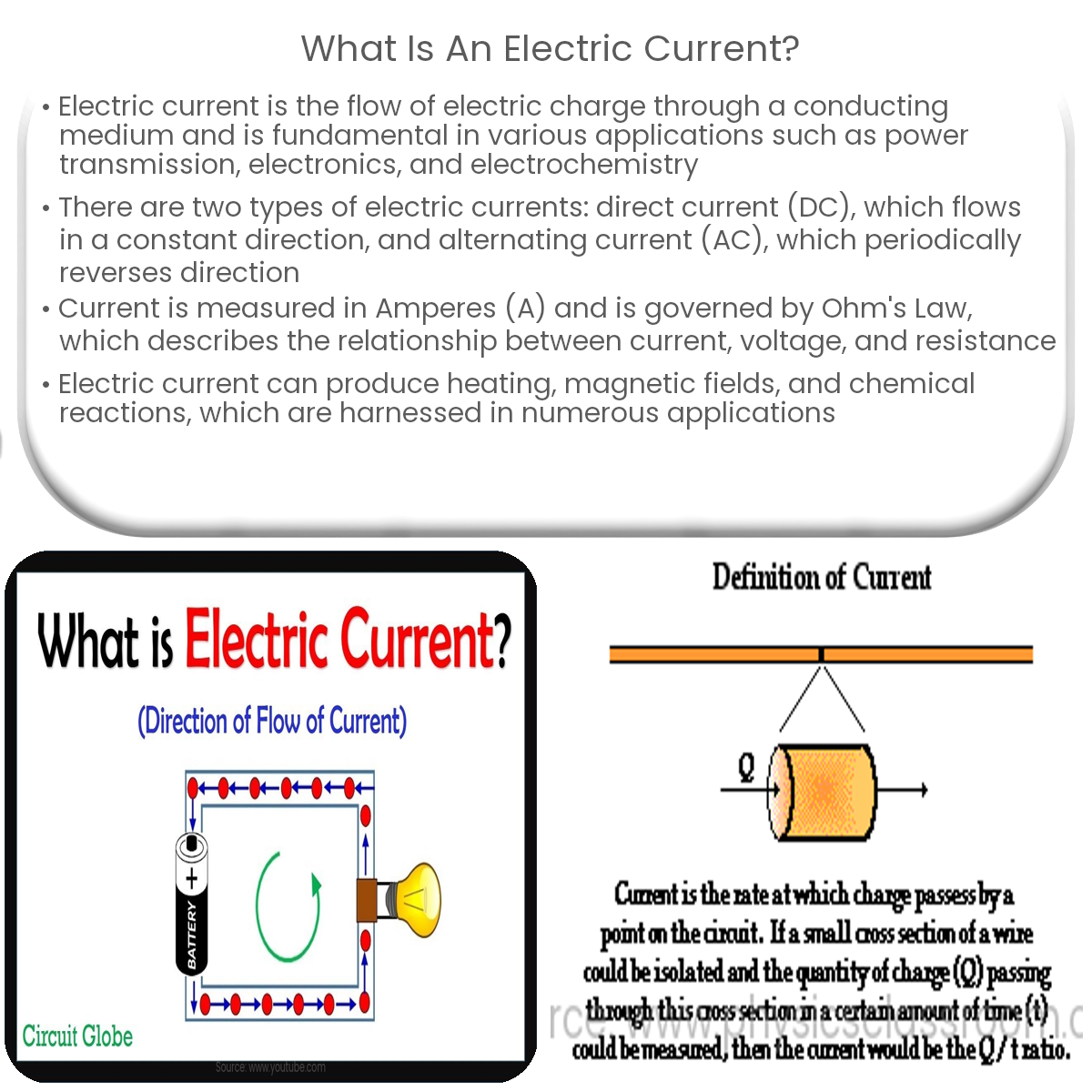The Current Iran Deal: Navigating Geopolitical Tensions And Uncertain Futures
The Genesis of the JCPOA: A Brief History
To comprehend the complexities of the current Iran deal, it's essential to revisit its origins. The Joint Comprehensive Plan of Action (JCPOA) was the culmination of years of arduous diplomacy, aiming to prevent Iran from developing nuclear weapons in exchange for sanctions relief. It represented a landmark agreement, forged under immense international pressure and hope.Unpacking the Original 2015 Agreement
**The Iran nuclear deal framework was a preliminary framework agreement reached in 2015 between the Islamic Republic of Iran and a group of world powers, known as the P5+1.** This influential group comprises the permanent members of the United Nations Security Council—the United States, the United Kingdom, Russia, France, and China—plus Germany, alongside the European Union. Their collective efforts sought to address global concerns over Iran's nuclear ambitions. Under the original 2015 nuclear deal, Iran was allowed to enrich uranium up to 3.67% purity and to maintain a uranium stockpile of 300 kilograms (661 pounds). These limits were meticulously designed to ensure that Iran's nuclear program remained exclusively peaceful and that it would take at least a year for Iran to "break out" and produce enough fissile material for a single nuclear weapon. The deal also included robust verification mechanisms by the International Atomic Energy Agency (IAEA). The deal went into effect on January 16, 2016, a pivotal moment after the IAEA verified that Iran had completed crucial steps. These steps included shipping 25,000 pounds of enriched uranium out of the country, dismantling and removing thousands of centrifuges, and undertaking significant modifications to its nuclear facilities. For instance, as part of the Obama administration’s 2015 nuclear deal with Iran, the Arak heavy water reactor site, which could have produced plutonium suitable for a bomb, was retired and concrete poured into the core of the reactor, rendering it unusable for weapons-grade plutonium production. This demonstrated Iran's initial commitment to the terms of the agreement and paved the way for the lifting of international sanctions.The Trump Era: Unraveling and Re-engagement Attempts
The stability of the JCPOA was dramatically disrupted with the change in U.S. presidential administrations. In 2018, President Donald Trump unilaterally withdrew the United States from the agreement, arguing it was a "terrible deal" that did not adequately address Iran's ballistic missile program or its regional malign activities. This decision marked a significant turning point, leading to the re-imposition of crippling U.S. sanctions on Iran and triggering a series of retaliatory measures from Tehran. The question "Has Trump taken Iran negotiations back to square one?" became a pressing concern for many international observers. Indeed, his withdrawal effectively dismantled the carefully constructed framework, forcing all parties to reconsider their positions. Despite his initial hardline stance, this was not the first time that Trump sought to strike a deal with Iran. Throughout his presidency, there were intermittent signals of a desire for new negotiations, albeit on terms more favorable to the U.S. For example, delegations from Iran and the United States did meet again after wrapping up "constructive" nuclear talks that included the first direct contact between a Trump administration and Iranian officials. However, these sporadic engagements rarely led to concrete progress. The White House often kept the world waiting for word on if he would send the U.S. back to the negotiating table, with statements like "Trump will make Iran decision within next 2 weeks." This created an atmosphere of constant uncertainty, further complicating the diplomatic landscape. It's also worth noting that the Trump administration persistently misstated why countries enrich uranium, often conflating peaceful nuclear energy programs with weapons proliferation, which further strained relations and international understanding of the issue.Iran's Nuclear Advancements Post-JCPOA Unraveling
Following the U.S. withdrawal and the re-imposition of sanctions, Iran gradually began to roll back its commitments under the JCPOA, arguing that it could not be expected to uphold its end of the bargain if other parties, particularly the U.S., were not. This led to a significant escalation in Iran's nuclear activities. Iran’s nuclear programme, overseen by the Atomic Energy Organization of Iran (AEOI), has advanced significantly since the JCPOA’s unraveling. The country has steadily increased its uranium enrichment levels and expanded its stockpile, far exceeding the limits set by the 2015 agreement. The international deal over Iran’s nuclear programme, known as the Joint Comprehensive Plan of Action (JCPOA), has stalled, with the country’s enriched uranium stockpile now more than 20 times over the agreed limit, as the UN Political Affairs Chief Rosemary DiCarlo warned on Thursday. This alarming increase in enriched uranium, some of it enriched to near weapons-grade levels, has dramatically shortened Iran's potential "breakout time" to produce nuclear weapons, raising serious proliferation concerns. While the 2015 deal limited Iran’s uranium stockpile to 300 kg at 3.67% enrichment, by June 2025 (or even earlier, based on recent reports), Iran has demonstrated a capacity to enrich uranium to much higher purities and in far greater quantities, effectively undermining the core non-proliferation goals of the original agreement.The Biden Administration's Efforts and Persistent Hurdles
Upon taking office, the Biden administration signaled its intent to revive the JCPOA, viewing it as the best way to prevent Iran from obtaining a nuclear weapon. However, piecing the deal back together proved to be an arduous task. After President Trump scrapped that deal in his first term, it took 15 months for the Biden administration to negotiate a way to piece it back together—at which point Iran’s Supreme Leader and other hardliners had become even more entrenched, making concessions difficult. The negotiations to restore the JCPOA have been characterized by a lot of ups and downs. There were numerous reports of near breakdowns in talks or imminent deals throughout last year, reflecting the deep mistrust and complex demands from all sides. Despite these challenges, diplomatic efforts have continued. The US sent a nuclear deal proposal to Iran on Saturday, indicating ongoing attempts to find a diplomatic resolution. CNN has learned this suggests the U.S. could even invest in Iran’s civilian nuclear power program and join a consortium that would oversee it, a potential incentive aimed at rebuilding trust and providing economic benefits. European foreign ministers have consistently pushed Iran to return to direct talks with the U.S., believing that direct engagement is crucial for any meaningful progress.Regional Tensions and Their Impact on the Deal
The "current Iran deal" cannot be viewed in isolation; it is deeply intertwined with the volatile geopolitical landscape of the Middle East. Regional conflicts and tensions frequently spill over, directly impacting the prospects of nuclear diplomacy.Israeli Actions and Iranian Responses
Israel views Iran's nuclear program as an existential threat and has not shied away from taking covert action against Iranian nuclear facilities and scientists. These actions often complicate diplomatic efforts. For example, Iran has suspended nuclear talks with the U.S. after Israel's surprise attack on its nuclear facilities, demonstrating how regional incidents can immediately derail delicate negotiations. Simultaneously, President Trump continued to urge Iran to enter into a deal to prevent further escalation, even as these attacks occurred, highlighting the complex and often contradictory pressures on Iran. The Iranian counterattack came as President Donald Trump said there is still time to make a deal over the country's nuclear program after Israel launched a June 13 staggering assault on Iran's facilities. While the exact targets are often debated, reports indicate that the target of the current operation is its military infrastructure. These cycles of attack and counterattack create a highly charged atmosphere, making it difficult for either side to make concessions without appearing weak. President Trump offered a stern warning to Iranian leadership Friday following Israeli strikes, urging the country to agree to a nuclear deal or face lethal consequences, further ratcheting up the pressure. It is important to note that sometimes, an incident might be localized and not directly related to the current regional nuclear deal negotiations, but the broader climate of tension invariably affects the trust required for diplomacy.Broader Geopolitical Concerns
The ripple effects of the Iran nuclear issue extend far beyond the Middle East. Global powers are keenly aware of the potential for wider conflict. President Vladimir Putin of Russia, for instance, has openly stated his concern that conflicts over Ukraine and Iran could spark World War 3, underscoring the high stakes involved. The security situation in the region is a constant worry, with the State Department providing information and support to over 25,000 people seeking guidance regarding the security situation in Israel, the West Bank, and Iran, according to recent reports. This highlights the widespread concern and the potential for regional instability to escalate into a broader international crisis, making the resolution of the "current Iran deal" even more critical.The Economic Dimension of Iran's Nuclear Program
Beyond the security implications, the economic rationale behind Iran's nuclear program is also a subject of debate. While Iran maintains its program is for peaceful energy purposes, its economic viability is often questioned by external observers. In light of Tehran’s deal with Russia to supply Iran’s Bushehr nuclear reactor with fuel, and in the absence of forthcoming reactors that require a domestic supply of enriched uranium fuel, Iran’s current nuclear program has scant economic value. This perspective suggests that the significant investment in enrichment facilities might not be purely driven by energy needs, especially when external fuel sources are available or new reactors requiring domestic fuel are not yet operational. This economic argument is often used by critics of Iran's program to suggest ulterior motives, further complicating the narrative around the "current Iran deal."Where Does the Current Iran Deal Stand?
So, where does the Iran nuclear deal stand right now? The simple answer is: in a state of prolonged limbo. The JCPOA, as originally conceived, is largely defunct, a casualty of U.S. withdrawal and Iran's subsequent nuclear advancements. While diplomatic channels remain open, and proposals are exchanged, a full return to the 2015 agreement seems increasingly unlikely without significant new concessions from all sides. Iran's enriched uranium stockpile is far beyond the limits, and its enrichment capabilities have grown substantially. The mistrust between Tehran and Washington runs deep, exacerbated by regional skirmishes and the lingering effects of the "maximum pressure" campaign. European nations continue to advocate for a diplomatic solution, but their leverage is limited without full U.S. commitment. The "current Iran deal" is thus a complex web of unfulfilled promises, heightened tensions, and a desperate search for a new, viable path forward that can address both proliferation concerns and Iran's demands for sanctions relief and security assurances.The Path Forward: Challenges and Opportunities
The path forward for the "current Iran deal" is fraught with challenges. The window for a return to the original JCPOA is narrowing, if not already closed. Iran's nuclear program has advanced to a point where simply rolling back to 2015 levels may no longer be sufficient for some international actors, particularly Israel, who demand a more robust and longer-lasting agreement. However, opportunities for diplomacy persist. The U.S. has shown willingness to offer economic incentives, and European nations continue to press for dialogue. The key lies in finding a formula that addresses Iran's legitimate security and economic concerns while providing credible and verifiable assurances to the international community that its nuclear program will remain peaceful. This might involve a new, more comprehensive agreement, or a series of smaller, interim deals designed to de-escalate tensions and rebuild trust. The stakes are incredibly high, as failure to reach a diplomatic solution risks further escalation, potentially leading to a dangerous regional conflict. In conclusion, the "current Iran deal" is not a singular agreement but a dynamic, evolving situation demanding constant vigilance and creative diplomacy. Its resolution will require immense political will, a willingness to compromise from all parties, and a clear understanding of the complex interplay of nuclear proliferation, regional security, and global power dynamics. The world watches, hoping that diplomacy can ultimately prevail over the ominous alternative. What are your thoughts on the future of the Iran nuclear deal? Share your perspectives in the comments below, or explore our other articles on international relations and security to deepen your understanding of these critical global issues.
Current Electricity-Definition, Types, And Uses

CBSE Class 10 Physics Magnetic Effects of Electric Current Important

What is an electric current? – Electricity – Magnetism